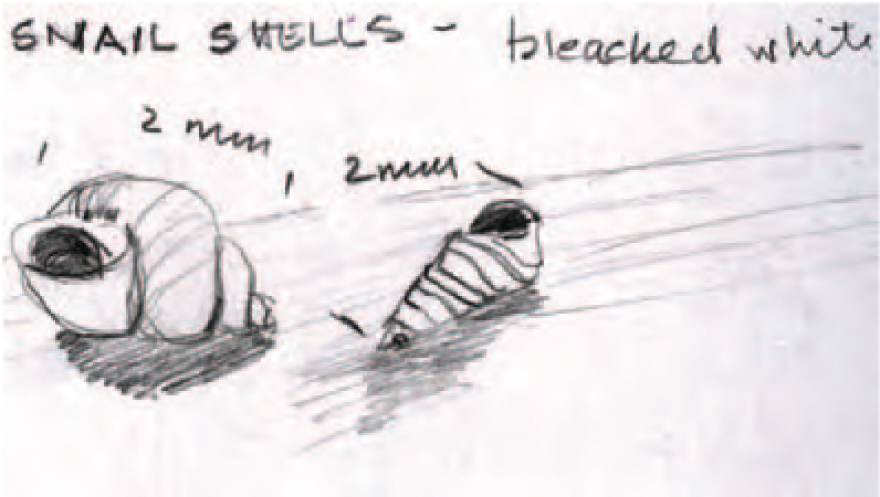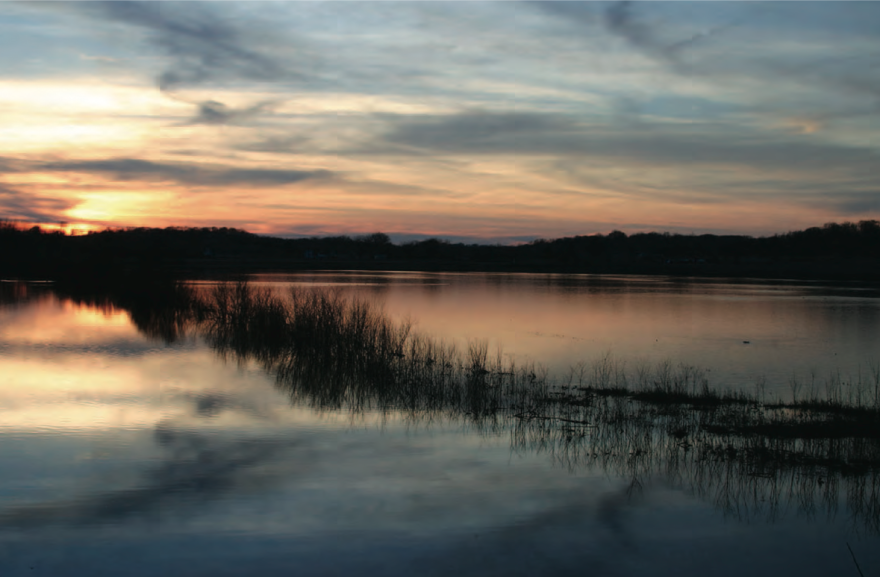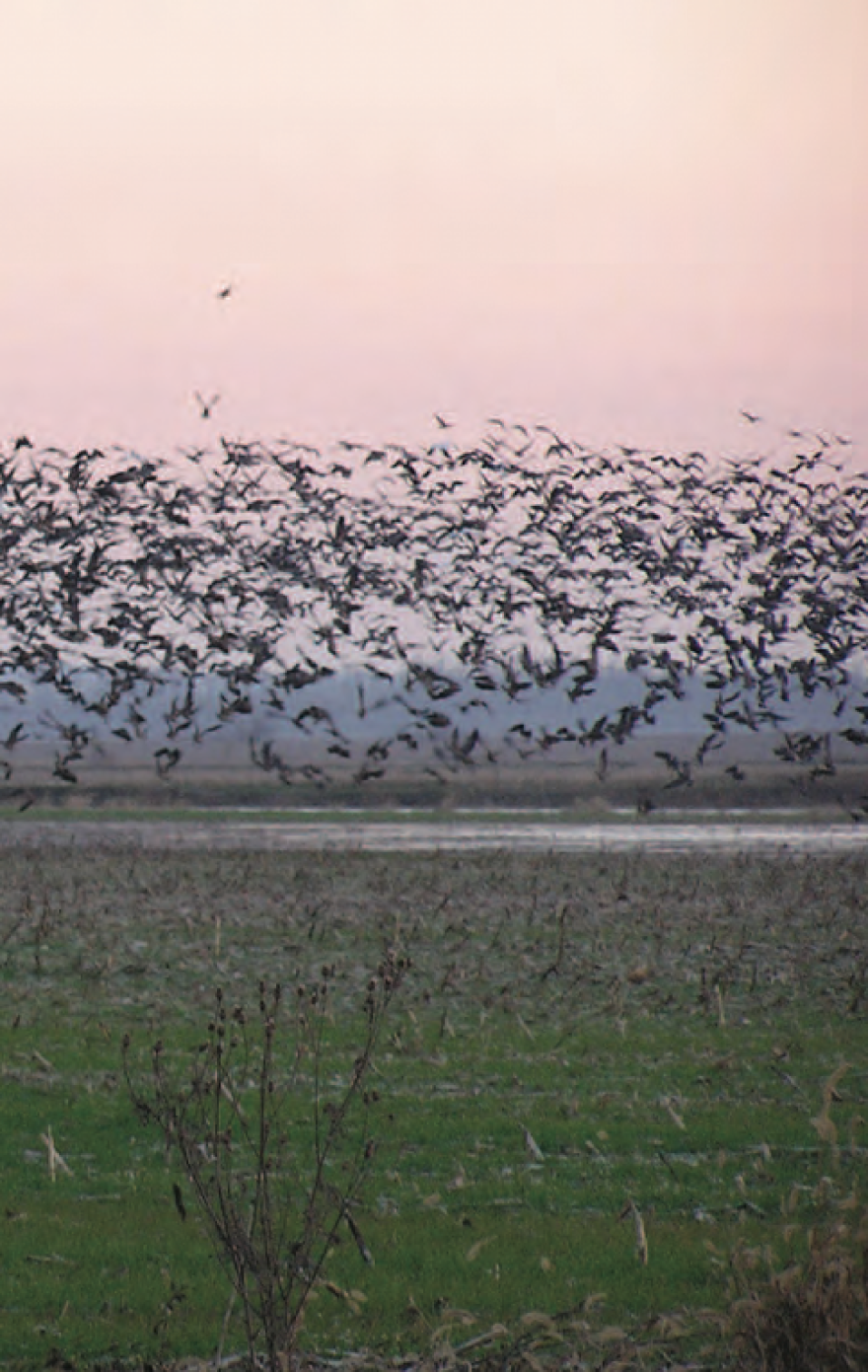Illinois is striving to preserve and protect its last few wild places — even, occasionally, returning farmland to Nature. The Illinois River Valley and the Cache River Basin are two areas of the state rich in habitat and in various stages of restoration, regeneration
but overture to the symphony expected at Emiquon near Havana. The 7,100 acres in Fulton County will be turned from farmland to wetland, edged by upland prairie, blufftop savanna and bottomland forest. The conservancy’s scientists will help the process by planting trees and seeds, in some cases reintroducing native Illinois species. Ecologists will use the latest science and technology to record the changes in this large-scale restoration, which will function as a model for other floodplain restorations throughout the world.
or preservation. Scientists, students and citizens with a passion for the natural world have been playing a part in their renewal. The Nature Conservancy, working with state and federal
agencies, is restoring the vast floodplains along the Illinois River. It has transformed Spunky Bottoms in Brown County into a thriving wetland landscape, including a replanted bottomland hardwood forest and a reseeded upland prairie. Once drained and farmed, the 2,026-acre site now is home to one of the most abundant populations of northern cricket frogs in the state. In the spring, more than 16,000 waterfowl rest and eat in its waters during migration. Uncommon species such as river otters and American bitterns also call it home.

Unique to Illinois, though, is a companion project led by a team at the Illinois Natural History Survey. In the spirit of the Lewis and Clark exploration, entomologist Mike Jeffords enlisted 45 citizens to be an Emiquon Corps of Discovery. Trained in photography, descriptive writing, poetry, drawing and painting, they record their observations to create a “total aesthetic picture” of Emiquon as it regenerates. Each year’s work is displayed at Dickson Mounds Museum. This year, a second, 29-member Cache River Corps
of Discovery is artistically documenting that biological diversity.

But Spunky Bottoms and similar restorations at Lake Chautauqua and Hennepin-Hopper Lakes are
The Editors














ADVICE
Poem by Deane Doolen Emiquon Corps of Discovery
E NJOY the
M AJESTY and
I NSPIRATION and
Q UINTESSENCE of this
U NIQUE
O BSERVATION of
N ATURE





